Prayers at Sunrise
by Rudolf Ernst
oil on panel
[br]78.5 by 100cm., 31 by 39½in
Scenes of prayer frequently form an important subject within the works of Orientalist artists. In Prayers at Sunrise, Ernst concentrates on the central theme of Muslim worship.The leading figure on the right is begining his prayers in the pose of takhbir, standing on his prayer mat facing Mecca, his hands raised and invoking ...
- Credit:
- All rights reserved. Exhibited on USEUM with the permission of the rights owner.
More from this artist...
Loading...
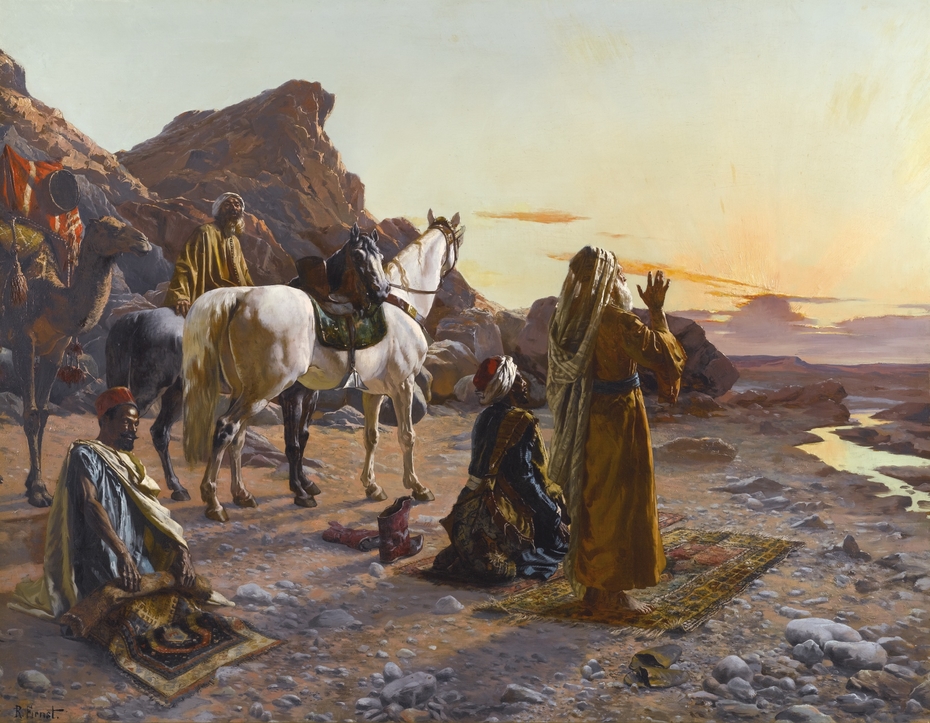
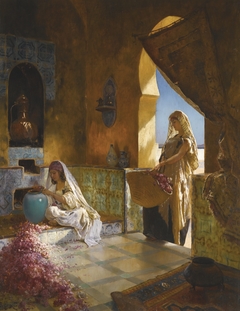
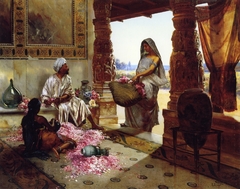

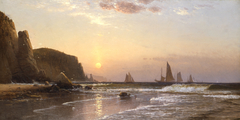



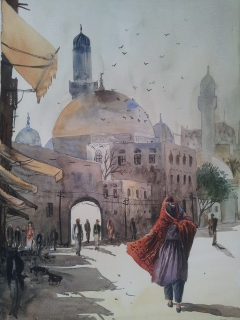


Discussion